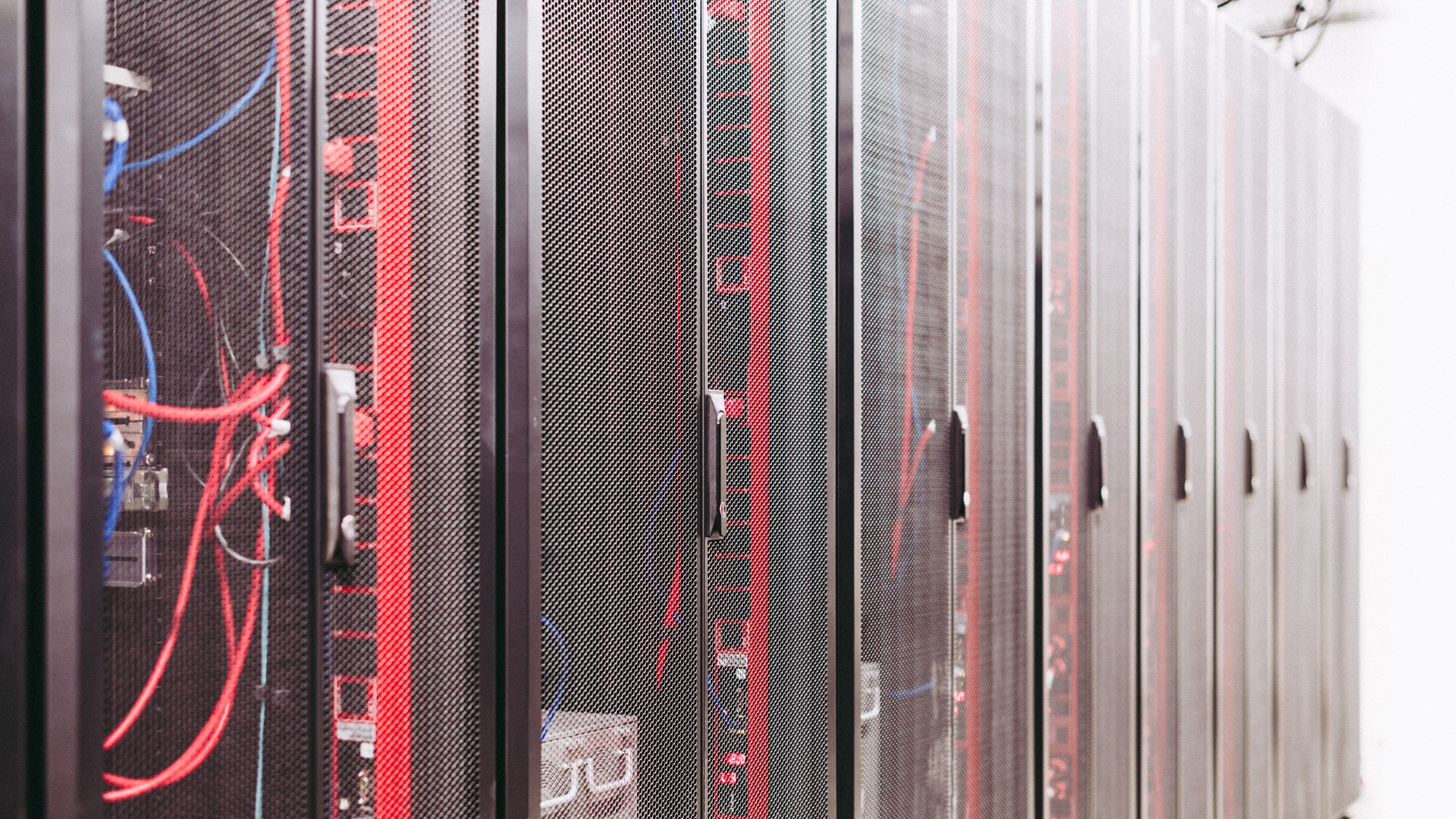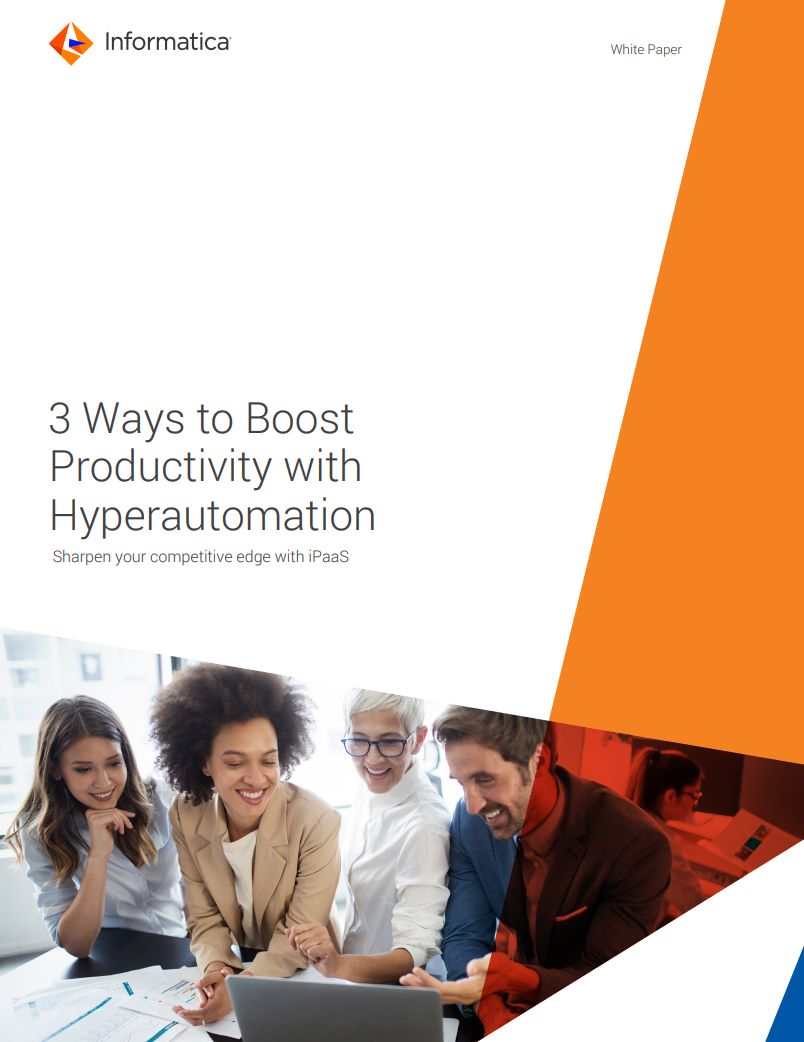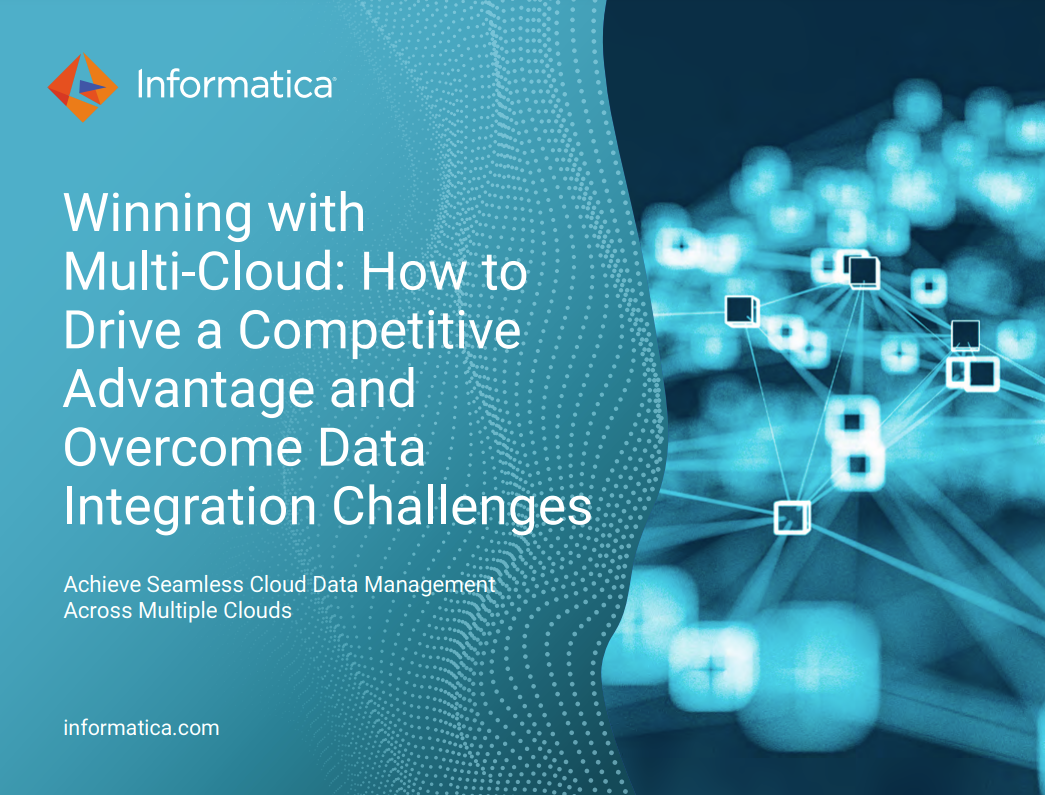What is cloud orchestration software?
In this article, we look at what cloud orchestration software is, how the IT department uses it, and some of its features and benefits


Cloud computing has proliferated and grown in popularity, with different cloud and deployment models emerging to manage diverse work requirements. Thanks to this, IT departments and developers can work more efficiently and focus on what’s essential.
And this is where cloud orchestration software comes in.
What is cloud orchestration software?
Cloud orchestration is the process of managing different cloud systems and automated functions. Each type of cloud service and each deployment method offers users different degrees of flexibility, control, and management. But it is quite challenging to handle all these manually. With cloud orchestration software, it becomes easier to manage the numerous systems involved in cloud computing.
This article will explore what cloud orchestration is, how departments can use it, its features and benefits, how much it costs, and some frequently asked questions. Continue reading to learn more.
What does cloud orchestration software do?

With so much of our work happening digitally, it’s only to be expected that IT teams have a lot on their plates. In just one example, companies will commonly use more than one cloud model, such as public, private, and/or hybrid, to distribute their workload and lower the risks associated with individual cloud environments.
But more clouds equals more complexity. With modern IT teams handling hundreds or thousands of servers, a lack of orchestration can make things highly tedious for the IT department and slow down the company’s growth too.
Handling many applications and servers manually is not scalable, and it can be overwhelming.
Get the ITPro daily newsletter
Sign up today and you will receive a free copy of our Future Focus 2025 report - the leading guidance on AI, cybersecurity and other IT challenges as per 700+ senior executives
As an IT system grows more complex, it becomes harder to manage all its moving parts. To lighten their loads, IT teams rely on automated processes so they don’t have to intervene manually.
Although it may be easy to program and execute a single automated task, it gets complicated once you’re dealing with many automations. Gradually, the need to integrate multiple automations arises, and this is where cloud orchestration software helps.
- Cloud orchestration is the automated arrangement, coordination, and management of different workloads across groups of systems and clouds - by linking various automated tasks, cloud orchestration software creates a smooth and cohesive workflow, and offers a single platform to control and configure all the automations: it’s like a music conductor keeping the other musicians in sync during a performance
- People tend to interchange cloud automation and orchestration, but orchestration is much more elaborate - while automation focuses on a single task, orchestration aims to link all the automated functions into an intelligent workflow; it handles the entire process from start to finish, including deployment, scaling, failure recovery, and many other processes
- By arranging and managing elaborate computer systems and middleware, cloud orchestration expedites IT services delivery and enhances efficiency to lower expenditures
- There are three types of orchestration that cloud orchestration software performs: resource orchestration helps allocate resources; workload orchestration divides the workload between resources; and, lastly, service orchestration involves deploying services on clouds or servers
How departments can use cloud orchestration software
The IT and engineering departments are essentially the main users of cloud orchestration software. Let’s take a look at how they commonly utilise the software.
IT and development teams
Modern cloud providers offer flexible and scalable resource allocation, making it convenient for businesses to scale up their computing and storage as required. But complex software systems need solutions in place that can deploy and maintain them.
Using broad automation linking systems, orchestration software handles the fundamental cloud deployment infrastructure so that IT teams are free to focus on other crucial aspects of the business.
Orchestrating an app could involve many events—like deploying the app, configuring the OS, connecting the app to the network for communication with other apps, auto-scaling, and other such tasks. These processes will also need to be executed in a specific order, with all the necessary permissions within a certain environment. Most importantly, the automation can’t be just a chain of automated tasks; decisions need to be made at important steps.

RELATED RESOURCE

Three ways to boost productivity with hyper-automation
Sharpen your competitive edge with iPaaS
For example, here’s a chain of automated tasks: compiling code, running a unit test suite, deploying to staging, running an integration test suite, and deploying to production.
With orchestration, decision-making can be introduced at every step of this chain. For instance, once the code is compiled, there’ll be two options: is the compilation perfect, or are there errors? If there are no errors, then the process will move to the next stage, but if there are errors, then engineers can be informed. Similarly, for all possible outcomes of a task, orchestration ensures appropriate workflow options.
IT teams can use orchestration tools to set up templates that configure, deploy, and create new environments. Note that security is often a concern with orchestration tools because they’re not designed to offer instant security upon setup. The IT team will have to add appropriate security permissions and rules to augment security and ensure the repeatable procedure is safe.
As more companies begin using automated features in their cloud environments, the need for cloud orchestration will increase because manually handling vast automation will not be practical.
Features and benefits of cloud orchestration software
Streamlined workflows
Orchestration is essentially about merging several automated tasks into a single cohesive workflow. By creating automated standard procedures, cloud orchestration optimises operational efficiency, and that improves organisational performance.
Setting up streamlined workflows will make it easier to deploy, test, and monitor new apps.
Unified visibility
Orchestration offers an excellent bird’s-eye view of all the software systems that are set up. It provides visibility and control for elaborate automated setups.
Orchestration software provides unified dashboards to visualise and monitor resource consumption patterns conveniently. This will help to pinpoint resources that are being over or underutilised, thereby improving cost efficiency and budgeting for the organisation. Users can also use an integrated dashboard to adjust virtual machines automatically, reducing manual work.
Mitigation of human error
By syncing automated processes and removing the need for manual intervention, cloud orchestration eliminates the risk of certain human errors, enabling companies to set up and launch applications and other services rapidly with fewer issues.
This will translate to an enhanced customer experience and help minimise the use of resources that could be allocated elsewhere.
Improved software development and innovation cycle
A cloud orchestration setup can tremendously boost the software development cycle and decrease the time it takes to convert an idea into a product ready for the market.
For example, releasing a software update takes many steps from development to production. Going through all those tasks manually is time-consuming, but with orchestration in place, companies can achieve swift and continuous delivery.
By syncing and automating repetitive tasks, IT and engineering teams will have greater freedom to innovate and focus on developing products to better meet the company’s, and therefore the customer’s, needs.
Security, scalability, and savings

With cloud orchestration, IT teams can ensure strong security rules and permissions are put in place to secure all the apps and services across various clouds.
RELATED RESOURCE

Winning with multi-cloud
How to drive a competitive advantage and overcome data integration challenges
Orchestration makes it simple for teams to add permission checks for security and compliance at appropriate points in their existing workflow. Avoiding security violations is crucial for saving on expenditure in the long term and maintaining customer trust.
Since orchestration software enables businesses to view all the automated processes and reallocate resources as needed, it promotes flexibility to scale up or tone down the operations. And by automating cloud infrastructure provisioning, a company can rapidly scale its cloud infrastructure. All of this helps to lower expenses for the company.
How much does cloud orchestration software cost?
The pricing of cloud orchestration software will vary depending on your company’s needs, and most likely you will need to contact a vendor directly to get a quote. Alternatively, some cloud orchestration vendors offer price calculators on their websites, such as this one from Microsoft Azure.
The pricing also varies based on the region you are operating from and is often billed per the number of minutes/hours you’ve used the service.
Cloud orchestration software FAQ
What is a cloud orchestration tool?
A cloud orchestration tool combines various automated tasks and services in a seamless workflow without requiring manual intervention. The automated functions can include the deployment of servers, virtual machines, and other resources.
What is the best cloud orchestration?
Microsoft Azure Automation is one of the most popular cloud orchestration software products in the industry. It enables businesses to integrate multiple clouds and manage cross-cloud deployments.
Check out our article on the best cloud orchestration software to learn about offerings from many top companies.
What is cloud automation and orchestration?
Cloud automation is when you set up a single task to run by itself without manual intervention. Cloud orchestration is when you have multiple automated tasks connected together and running cohesively in a workflow.
What is an orchestration example?
Suppose you need to build and deploy software. This will include many automated tasks, like downloading the source code, compiling it, building relevant artifacts, testing the artifacts, and moving the artifacts to production.
Orchestration would involve putting all these automated tasks together in one seamless workflow. This will also include automated decision-making with each step—for instance, the workflow’s next step can be determined based on whether an artifact passes or fails a test.
Main takeaways
- Cloud orchestration is the automated arrangement, coordination, and management of different workloads across groups of systems and clouds - by linking automated tasks, cloud orchestration software enables a streamlined workflow and creates a single platform to control and configure all the automations involved in a process
- There are three aspects to cloud orchestration: resource orchestration involves allocating resources; workload orchestration involves dividing the workload between resources; and service orchestration involves deploying services on clouds or servers
- IT departments can rely on orchestration tools to create templates that configure, provision, deploy, and set up new environments - this repeatable process is complete after the addition of security rules and permissions
- More companies are now using automated features in their cloud environments - attempting to handle vast automation manually will not be practical, so expect to see greater reliance on cloud orchestration software in the future
- Cloud orchestration software helps create streamlined workflows, offers unified visibility across services, mitigates human error, and massively boosts innovation and savings
Further reading
Now that you’ve read about cloud orchestration and what it does, you might want to check out the best cloud orchestration software of the year. The article will give you five of the top cloud orchestration software in the market and review their features and benefits.
Additionally, you could look at this article to discover the best cloud management software and find the right solution for your business needs.
Nikshep Myle is a freelance writer and editor. He’s passionate about self-transformation and loves to research, experiment, and write about tech, travel, health, and fitness. You can find his writing on TechRadar, Tom's Guide, and top10.com. When he’s not writing, you’ll find him meditating, traveling, discovering new music, and indulging in adventurous and creative pursuits.
-
 Bigger salaries, more burnout: Is the CISO role in crisis?
Bigger salaries, more burnout: Is the CISO role in crisis?In-depth CISOs are more stressed than ever before – but why is this and what can be done?
By Kate O'Flaherty Published
-
 Cheap cyber crime kits can be bought on the dark web for less than $25
Cheap cyber crime kits can be bought on the dark web for less than $25News Research from NordVPN shows phishing kits are now widely available on the dark web and via messaging apps like Telegram, and are often selling for less than $25.
By Emma Woollacott Published